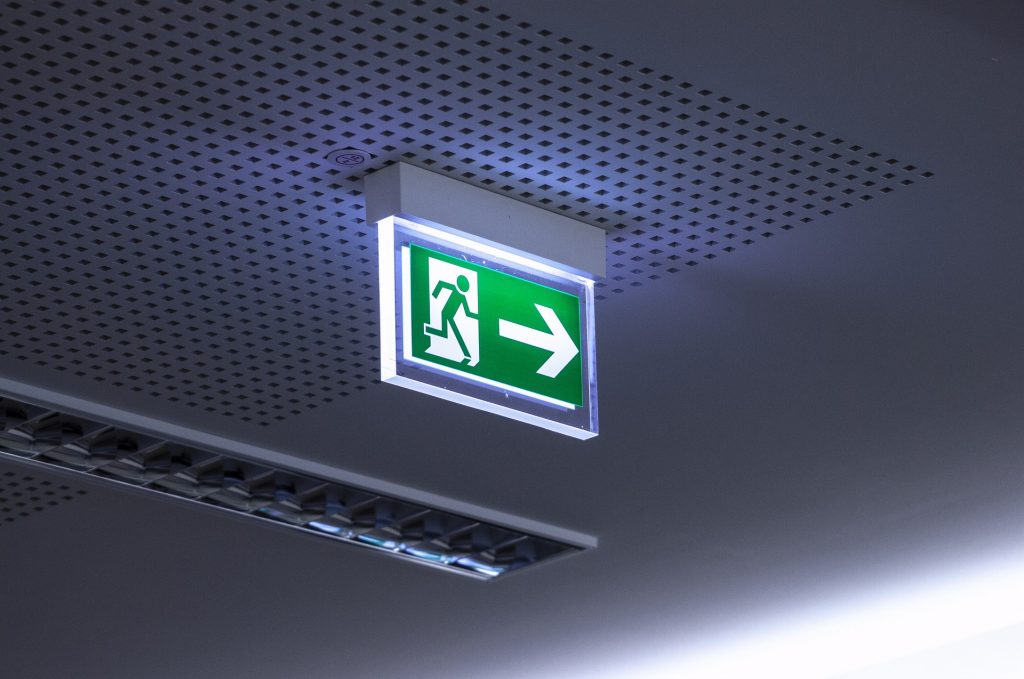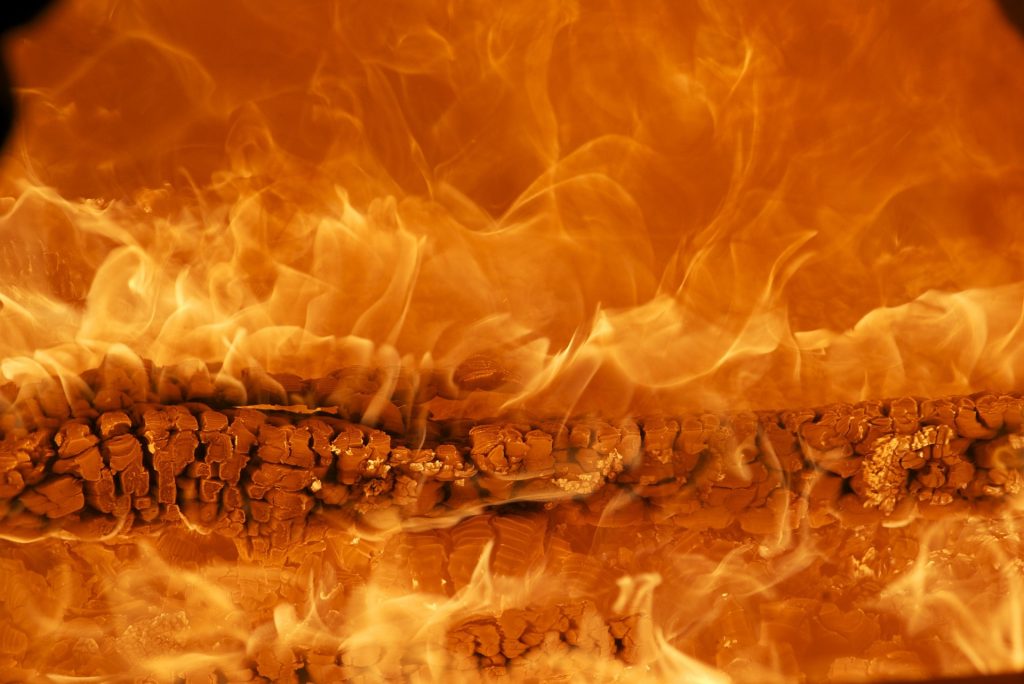Fire safety is an essential aspect of any building or workplace. Having a well-planned evacuation strategy, regular fire drills, and the right equipment can help keep people safe in the event of a fire. In this blog, we will discuss why and when you need fire drills, the importance of familiarizing yourself with the layout of the building and the location of exits, the use of fire alarms, extinguishers, and other fire fighting equipment.
We will also talk about the importance of regular maintenance, inspection and testing of fire fighting equipment’s to ensure their proper functioning in case of emergency.
This blog is intended to provide valuable information for building and workplace managers, as well as individuals who want to ensure their own safety in the event of a fire.

Fire Drills
Fire drills are an important safety measure for buildings and workplaces. They help ensure that everyone knows what to do in the event of a fire, and that they can evacuate the building quickly and safely.
One of the main reasons to conduct fire drills is to familiarize people with the layout of the building and the location of exits. In a real emergency, people may be panicked and disoriented, and having a clear evacuation plan in place can help them find their way out quickly.
Another important reason for fire drills is to practice using the fire alarms and extinguishers. This will help ensure that people know how to use these tools in the event of a real fire, and can help prevent the spread of the fire.
It is important to conduct fire drills at different times of the day and under different conditions, such as during the night or when the building is full, to ensure that the evacuation plan is effective in all situations.


Fire Fighting Equipment
As well as practicing evacuation plans, it is also important to make sure that the necessary fire fighting equipment is readily available and in good working order. This includes things like fire extinguishers, smoke detectors, and fire alarms.
Fire extinguishers should be placed in easily accessible locations throughout the building, and staff should be trained on how to use them. It is also important to regularly check and maintain fire extinguishers to ensure they will work properly in case of emergency.
Smoke detectors should also be installed throughout the building, and their batteries should be checked and replaced regularly. These devices can provide an early warning of a fire, allowing people to evacuate the building before the fire spreads.
Fire alarms are another critical piece of fire fighting equipment. They should be tested regularly to make sure they are working properly, and staff should be trained on how to use them. In case of emergency, fire alarms can alert people to evacuate the building and alert emergency services.
Other fire fighting equipment such as sprinklers, hose reels, fire blankets, and emergency lighting also play an important role in protecting the building and its occupants. Regular maintenance, inspection and testing these equipment’s are necessary to ensure their proper functioning in case of emergency.
Fire Risk Assessment
A fire risk assessment is a systematic evaluation of a building or workplace to identify potential fire hazards, assess the risks they pose, and determine the appropriate measures to control or eliminate those risks. This process typically involves identifying all sources of ignition, fuel, and oxygen within the building, as well as evaluating the building’s design and layout, fire protection systems, and evacuation plans. It also includes assessing the risk to the occupants of the building, including those who may be at a higher risk, such as the elderly or disabled. Conducting a fire risk assessment is a legal requirement for all buildings, and it is important that it is carried out by a qualified professional, and reviewed and updated regularly to ensure the safety of the building and its occupants.
So, risk assissing your risk, having the necessary fire fighting equipment in place, and ensuring that it is in good working order, is an important aspect of fire safety. Regular drills, training, and maintenance can help ensure that people are prepared and able to respond quickly and effectively in the event of a fire.




